 |
June 30, 2017 Volume 23, Number 26 |
Research and Education |
General Interest |
Network Tools |
In the News |
Research and EducationBack to Top | |
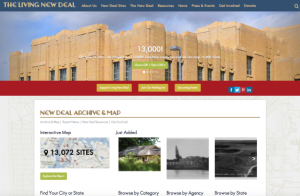 |
|
 |
|
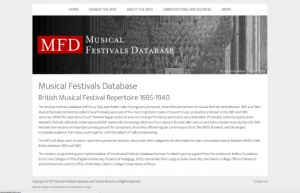 |
|
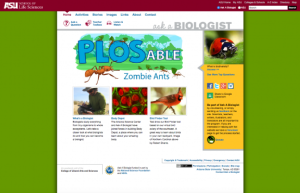 |
|
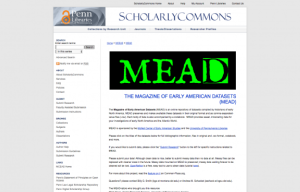 |
|
 |
|
 |
|
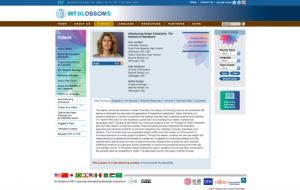 |
|
General InterestBack to Top | |
 |
|
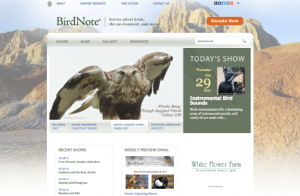 |
|
 |
|
 |
|
 |
|
 |
|
 |
|
Network ToolsBack to Top | |
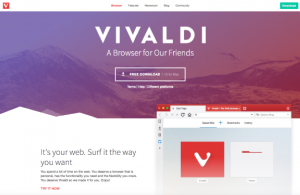 |
|
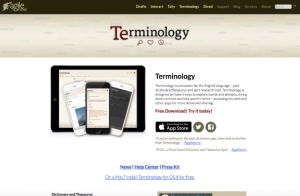 |
|
In the NewsBack to Top | |
Australian Research Team Uncovers the Percussion Skills of Palm Cockatoos | |
|
Cockatoos Drop Sick Beats to Charm Mates Cockatoos impress opposite sex will Phil Collins-style drum solos Drumming Cockatoos and Rhythms of Love Tool-assisted rhythmic drumming in palm cockatoos shares key elements of human instrumental music The Piccolo and the Pocket Grouse Zoomusicology A new study published in Science Advances on Wednesday reveals that palm cockatoos craft their own drumsticks and create signature drum solos. This study was authored by a team of researchers who observed and recorded the shy and highly intelligent birds in Cape York Peninsula, Australia over the course of seven years. During this time, the team took 131 recordings of 18 male cockatoos creating rhythms with drumsticks fashioned out of sticks and seapods. These rhythms, which varied between 27 and 92 beats in length, were intended to woo female cockatoos. In analyzing these recordings, the team found that each cockatoo developed their own signature rhythm. This research is intriguing in large part because no other animal, besides humans, are known to create instruments in order to make music. One of the authors of this study, biologist Robert Heinsohn, stumbled upon the unlikely percussionists while researching another species twenty years ago. As Heinsohn told Live Science, "I was walking through the rainforest and heard a clear tapping sound ahead. It was a beautiful male palm cockatoo striking the edge of a hollow in the tree trunk with a stick. I have never been so mesmerized by anything in nature, and swore that one day I would undertake the research necessary to understand why they do this." [MMB] The first three links take readers to lively overviews of this new research, accompanied by footage of these rhythmic cockatoos in performance. These articles come from Laura Geggel at Live Science, Ian Sample at The Guardian, and Steph Yin at The New York Times. Those who want to read the research paper in full may do so via the fourth link. The fifth link takes readers a 2013 profile in Orion Magazine of composer Emily Doolittle, whose work is inspired by birdsong. This article is accompanied by audio recordings of Doolittle's work and audio of birdsong. Many consider Doolittle's work to be part of the field of Zoomusicology, the study of how animals (other than humans) make music. Those interested in learning more about this field can check out the final link, a website dedicated to Zoomusicology by Hollis Taylor, a musicologist and ornithologist who recently published the book Is Birdsong Music? Outback Encounters with the Australian Songbird. | |





